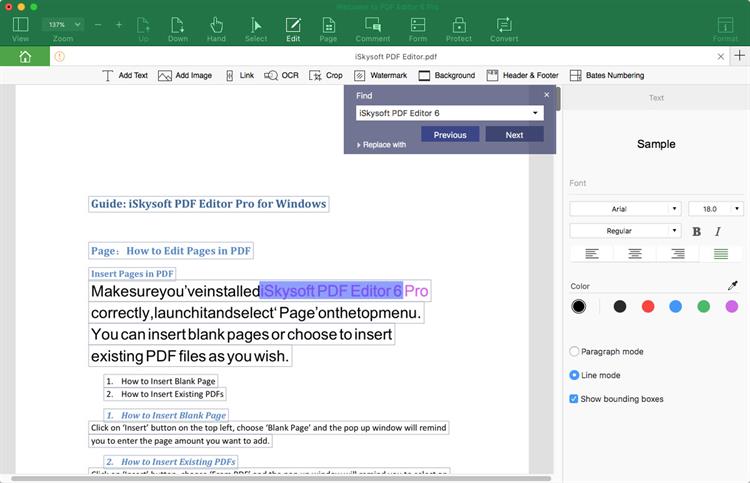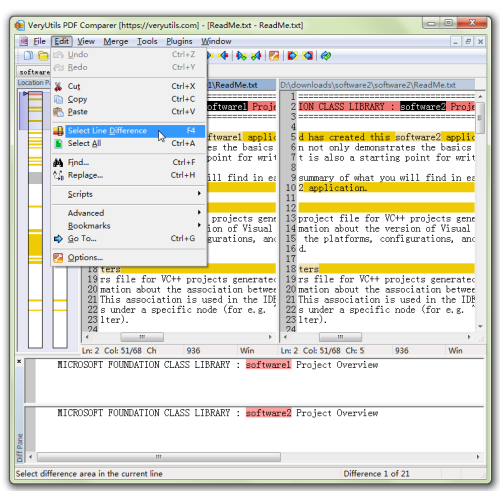

It is important to note that the Find criteria are cumulative, which means that criteria are added to previous search criteria.

When the item is found that matches the search criteria, it is automatically selected. If the Selection is an insertion point, then the document is searched. When you use a Selection object to find text, any search criteria you specify are applied only against currently selected text. For more information, see Features available by Office application and project type. Use a Find object to loop through a Microsoft Office Word document and search for specific text, formatting, or style, and use the Replacement property to replace any of the items found.Īpplies to: The information in this topic applies to document-level projects and VSTO Add-in projects for Word. The replace command is an extension of the find command.

The Find object is a member of both the Selection and the Range objects, and you can use either one to search for text in Microsoft Office Word documents.

Not ideal, probably no good reason to use this when you have grep or perl installed.Applies to: Visual Studio Visual Studio for Mac Visual Studio Code Poor-mans recursive grep in recursive bash script find + grep $ find -type f -exec grep -IH 'word' ,".") -H to output filename where match is found.-r for recursive search down from current directory.$ printf "A-well-a don't you know about the bird?\nWell, everybody knows that the bird is a word" | grep -noP '\bbird\b' Here, for example, we can use -P in grep to make use of Perl regular expressions to surround it. If we're talking about a word as string that could appear in the beginning or end of line, or alone on the line, or surrounded by spaces and/or punctuation - that's when we'll need regular expressions, and especially those that come from Perl. One should note,however,that searching for word can get a little complex, because most line-matching tools will try to find a word anywhere on the line. Here's an overview of different methods that one can use for searching files for specific strings of text, with a few options added specifically to work only with text files, and ignore binary/application files.


 0 kommentar(er)
0 kommentar(er)
